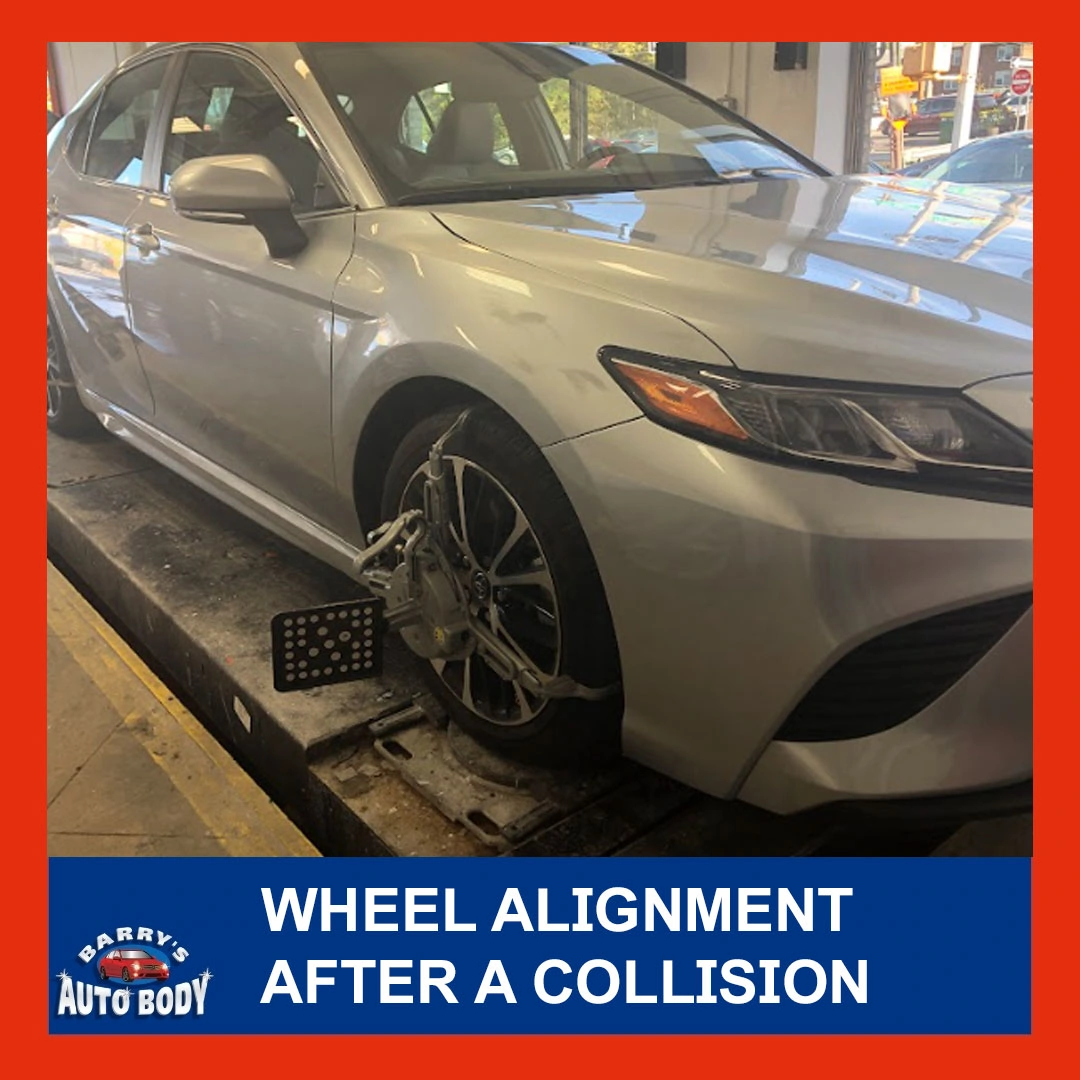Collisions can be scary, and if your car is affected – from a smashed bumper to a bent suspension – it can directly or indirectly affect the alignment of your wheels. This can have severe consequences for your car’s performance and safety, so getting your wheel alignment checked as soon as possible after an accident is important. This blog post will outline the steps you need to check your vehicle’s alignment and diagnose any issues. So read on to learn the essential information necessary to keep your car safe and functioning at its best after a collision!
Wheel Alignment after a Crash
After a crash, wheel alignment is often one of the first things to be taken care of. A good alignment will ensure that your car is driving smoothly and the suspension is working properly. The sooner you get it done, the better! If you cant do it yourself, take your car to a professional for an alignment – it will be worth it!
The mechanic may need to adjust the suspension, brakes, and tires to get your car rolling correctly again.
Why a wheel alignment is vital after a collision
Ensuring that your car’s wheels are appropriately aligned can be beneficial for the following reasons:
- Reduce the chances of future accidents
- Improve the vehicle’s handling and traction, making it easier to steer and stop
- Long-lasting tires and improved fuel efficiency
- Low maintenance cost
So don’t wait – schedule a wheel alignment right after a collision!
What to look for when assessing your ride
Following a car crash, it is important to take the time to assess your ride. Wheels should be in perfect alignment – this means that the hub, rim, and spokes are all lined up correctly. If anything feels off, it is best to take your car off the road and have it inspected by a professional.
Check other parts of the car, such as suspension, brakes, and tires, to ensure they are in good condition. When you are ready to drive again, always drive cautiously and avoid making sudden moves. And lastly, do not forget to get your car inspected by a professional as soon as possible!
Steps to check alignment post-accident
You can use a few methods to do this, depending on the car.
For example, you can use a jerry can to measure the gap between the wheels. Alternatively, you can use a car alignment gauge to measure the alignment. Regardless of the method you choose, follow these simple steps to ensure proper alignment:
1. Keep an eye out for abnormal noises or responses from – suspension, steering, and tires.
2. Drive your car to the nearest alignment shop slowly to check the alignment.
3. Ask the alignment shop to do a quick alignment check.
The signs that your wheel alignment is off
It might be tricky to spot wheel alignment issues after a crash. If you do not have the technical know-how, you might easily overlook the signs of wheel alignment issues. Some common signs that your vehicle’s alignment is affected after a crash are:
- Vibration or jerking while driving
- Vehicle pulling to one side
- Noisy or vibrating steering
- Uneven tire tread wear
- Crooked steering wheel when driving straight
- Noise from tires
How often should you check your wheel alignment?
Checking your wheel alignment is an important part of maintaining optimal vehicle performance. You can do this by using a simple tool called an aligner or having it done professionally. It is essential to check your alignment every time you get a new tire or have your wheels rotated. Wheel alignment is an integral part of maintaining optimal vehicle performance.
After a collision, it’s important to take the time to check your wheel alignment. You can prevent further damage to your vehicle and ensure that your steering and suspension are in proper working order. Make sure to check your alignment at least once a year, and if there are any signs that it may be off, get it fixed as soon as possible. When you consult an auto specialist to align your car’s wheels, tell them the exact reasons you think an alignment is necessary. For example, let them know how the accident occurred and give additional details such as when and how you have used the vehicle since the accident.

